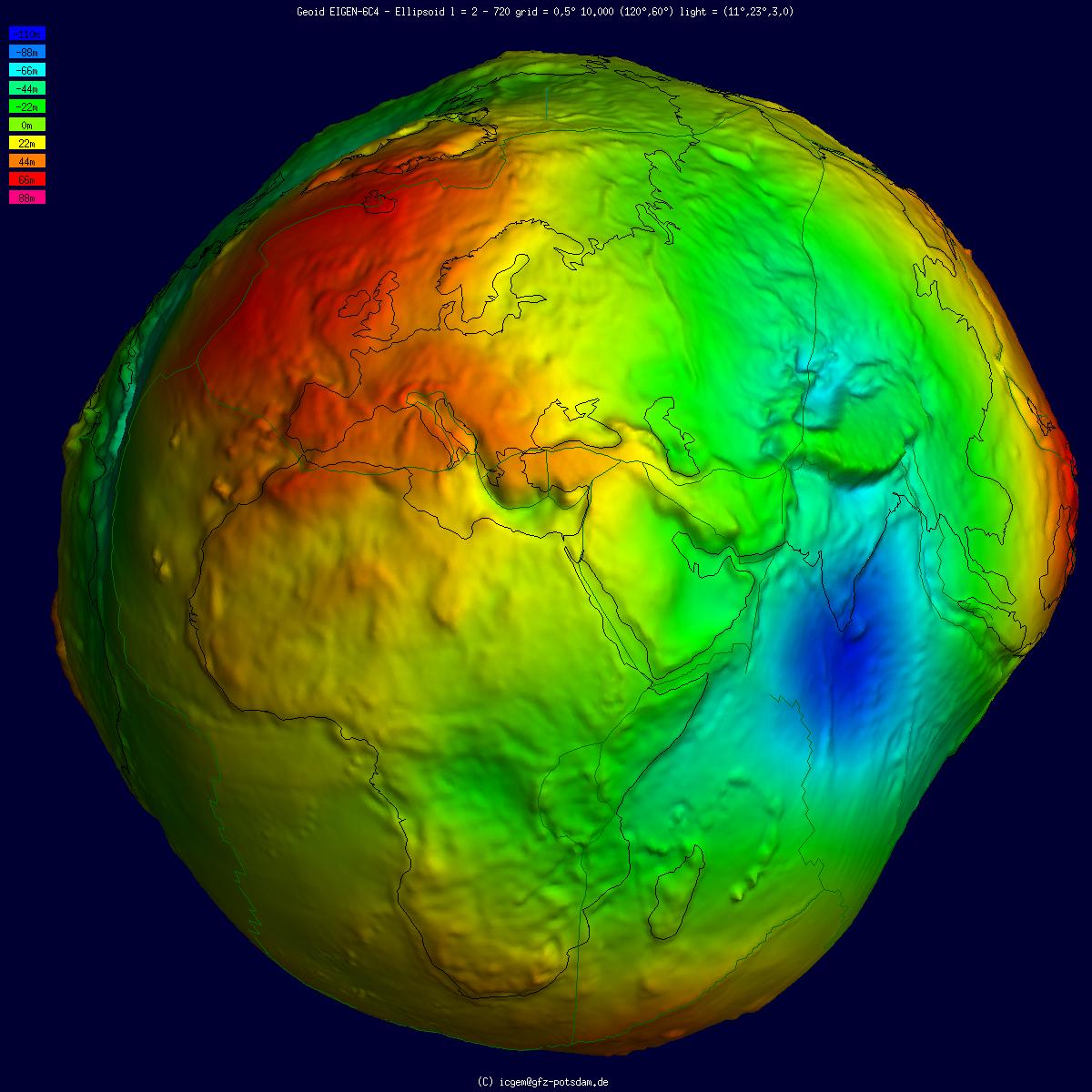|
Gravimetry Of Objects
Gravimetry is the measurement of the strength of a gravitational field. Gravimetry may be used when either the magnitude of a gravitational field or the properties of matter responsible for its creation are of interest. Units of measurement Gravity is usually measured in units of acceleration. In the SI system of units, the standard unit of acceleration is 1 metre per second squared (abbreviated as m/s2). Other units include the cgs gal (sometimes known as a ''galileo'', in either case with symbol Gal), which equals 1 centimetre per second squared, and the '' g'' (''g''n), equal to 9.80665 m/s2. The value of the ''g''n is defined approximately equal to the acceleration due to gravity at the Earth's surface (although the value of ''g'' varies by location). Gravimeters An instrument used to measure gravity is known as a gravimeter. For a small body, general relativity predicts gravitational effects indistinguishable from the effects of acceleration by the equivalence pri ... [...More Info...] [...Related Items...] OR: [Wikipedia] [Google] [Baidu] |
Geoid Undulation 10k Scale
The geoid () is the shape that the ocean surface would take under the influence of the gravity of Earth, including gravitational attraction and Earth's rotation, if other influences such as winds and tides were absent. This surface is extended through the continents (such as with very narrow hypothetical canals). According to Gauss, who first described it, it is the "mathematical figure of the Earth", a smooth but irregular surface whose shape results from the uneven distribution of mass within and on the surface of Earth. It can be known only through extensive gravitational measurements and calculations. Despite being an important concept for almost 200 years in the history of geodesy and geophysics, it has been defined to high precision only since advances in satellite geodesy in the late 20th century. All points on a geoid surface have the same geopotential (the sum of gravitational potential energy and centrifugal potential energy). The force of gravity acts everywher ... [...More Info...] [...Related Items...] OR: [Wikipedia] [Google] [Baidu] |
Gravity Anomaly
The gravity anomaly at a location on the Earth's surface is the difference between the observed value of gravity and the value predicted by a theoretical model. If the Earth were an ideal oblate spheroid of uniform density, then the gravity measured at every point on its surface would be given precisely by a simple algebraic expression. However, the Earth has a rugged surface and non-uniform composition, which distorts its gravitational field. The theoretical value of gravity can be corrected for altitude and the effects of nearby terrain, but it usually still differs slightly from the measured value. This gravity anomaly can reveal the presence of subsurface structures of unusual density. For example, a mass of dense ore below the surface will give a positive anomaly due to the increased gravitational attraction of the ore. Different theoretical models will predict different values of gravity, and so a gravity anomaly is always specified with reference to a particular model. Th ... [...More Info...] [...Related Items...] OR: [Wikipedia] [Google] [Baidu] |
Crustal Deformation
Orogeny is a mountain building process. An orogeny is an event that takes place at a convergent plate margin when plate motion compresses the margin. An '' orogenic belt'' or ''orogen'' develops as the compressed plate crumples and is uplifted to form one or more mountain ranges. This involves a series of geological processes collectively called orogenesis. These include both structural deformation of existing continental crust and the creation of new continental crust through volcanism. Magma rising in the orogen carries less dense material upwards while leaving more dense material behind, resulting in compositional differentiation of Earth's lithosphere ( crust and uppermost mantle). A synorogenic process or event is one that occurs during an orogeny. The word "orogeny" () comes from Ancient Greek (, , + , , ). Although it was used before him, the term was employed by the American geologist G. K. Gilbert in 1890 to describe the process of mountain-building as distinguishe ... [...More Info...] [...Related Items...] OR: [Wikipedia] [Google] [Baidu] |
Atomic Clock
An atomic clock is a clock that measures time by monitoring the resonant frequency of atoms. It is based on atoms having different energy levels. Electron states in an atom are associated with different energy levels, and in transitions between such states they interact with a very specific frequency of electromagnetic radiation. This phenomenon serves as the basis for the International System of Units' (SI) definition of a second:The second, symbol s, is the SI unit of time. It is defined by taking the fixed numerical value of the caesium frequency, \Delta \nu_\mathsf, the unperturbed ground-state hyperfine transition frequency of the caesium 133 atom, to be when expressed in the unit Hz, which is equal to s−1. This definition is the basis for the system of International Atomic Time (TAI), which is maintained by an ensemble of atomic clocks around the world. The system of Coordinated Universal Time (UTC) that is the basis of civil time implements leap seconds to allo ... [...More Info...] [...Related Items...] OR: [Wikipedia] [Google] [Baidu] |
Parts Per Billion
In science and engineering, the parts-per notation is a set of pseudo-units to describe small values of miscellaneous dimensionless quantities, e.g. mole fraction or mass fraction. Since these fractions are quantity-per-quantity measures, they are pure numbers with no associated units of measurement. Commonly used are parts-per-million (ppm, ), parts-per-billion (ppb, ), parts-per-trillion (ppt, ) and parts-per-quadrillion (ppq, ). This notation is not part of the International System of Units (SI) system and its meaning is ambiguous. Overview Parts-per notation is often used describing dilute solutions in chemistry, for instance, the relative abundance of dissolved minerals or pollutants in water. The quantity "1 ppm" can be used for a mass fraction if a water-borne pollutant is present at one-millionth of a gram per gram of sample solution. When working with aqueous solutions, it is common to assume that the density of water is 1.00 g/mL. Therefore, it is common to e ... [...More Info...] [...Related Items...] OR: [Wikipedia] [Google] [Baidu] |
Noise
Noise is unwanted sound considered unpleasant, loud or disruptive to hearing. From a physics standpoint, there is no distinction between noise and desired sound, as both are vibrations through a medium, such as air or water. The difference arises when the brain receives and perceives a sound. Acoustic noise is any sound in the acoustic domain, either deliberate (e.g., music or speech) or unintended. In contrast, noise in electronics may not be audible to the human ear and may require instruments for detection. In audio engineering, noise can refer to the unwanted residual electronic noise signal that gives rise to acoustic noise heard as a hiss. This signal noise is commonly measured using A-weighting or ITU-R 468 weighting. In experimental sciences, noise can refer to any random fluctuations of data that hinders perception of a signal. Measurement Sound is measured based on the amplitude and frequency of a sound wave. Amplitude measures how forceful the wave is. The e ... [...More Info...] [...Related Items...] OR: [Wikipedia] [Google] [Baidu] |




.jpg)
